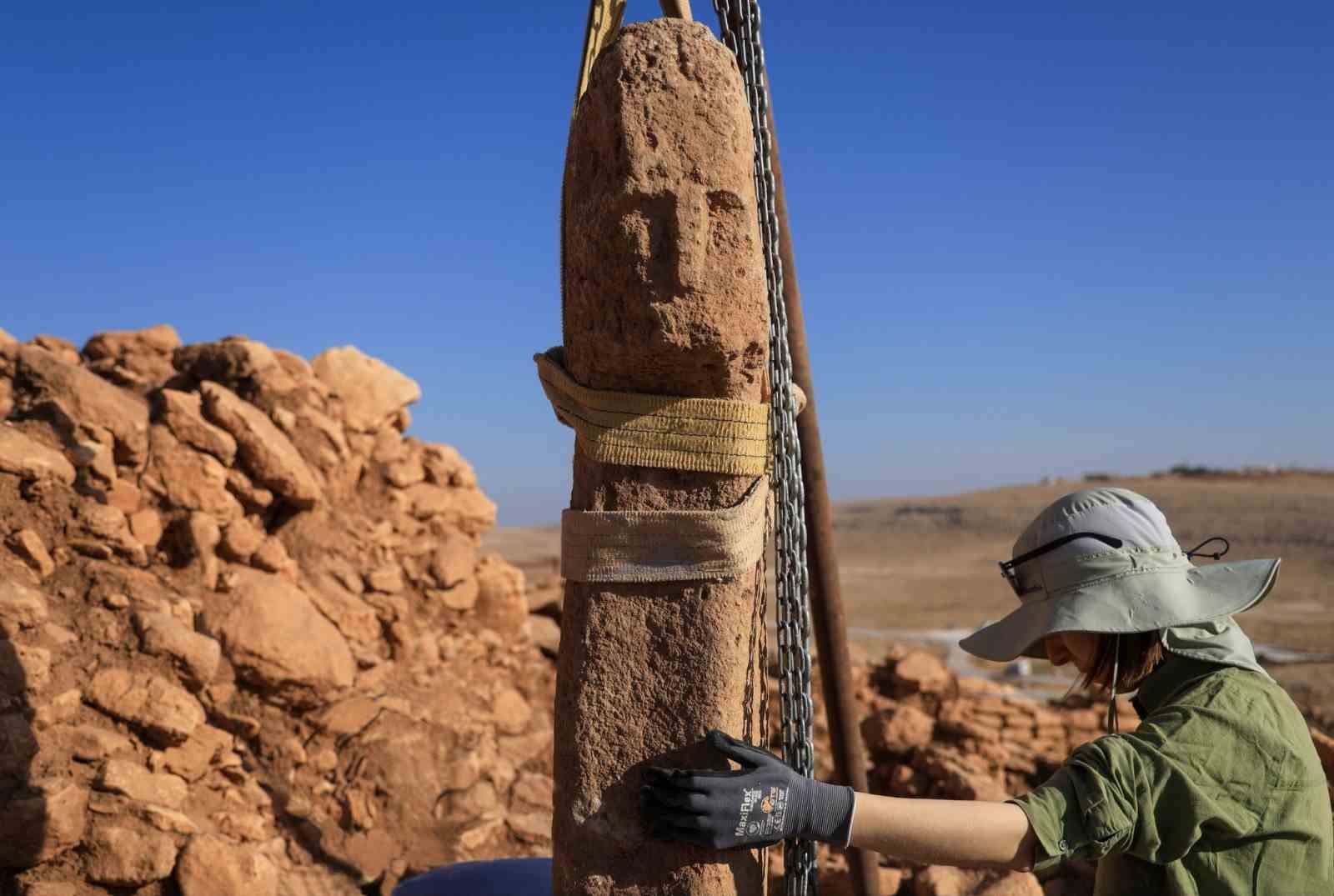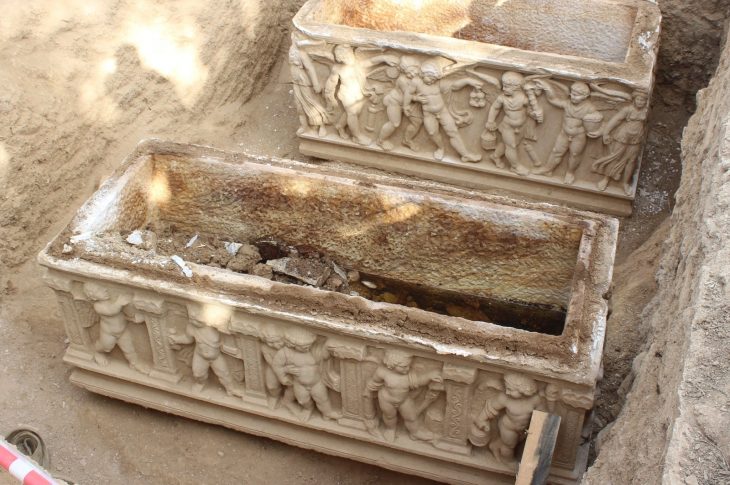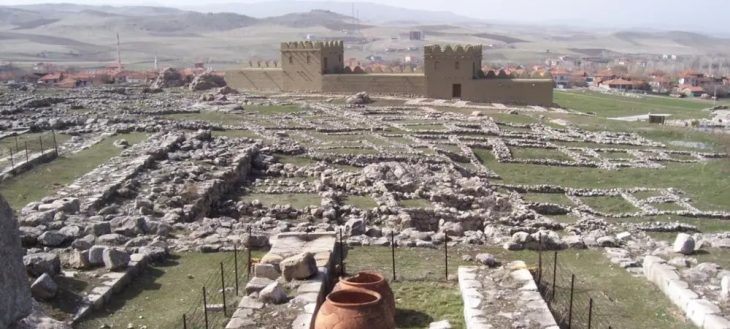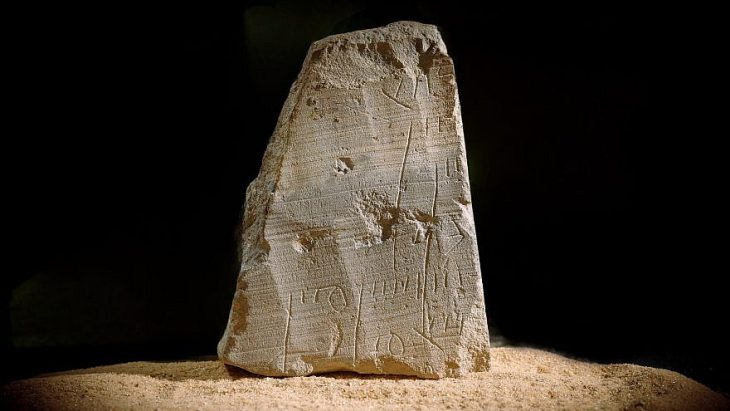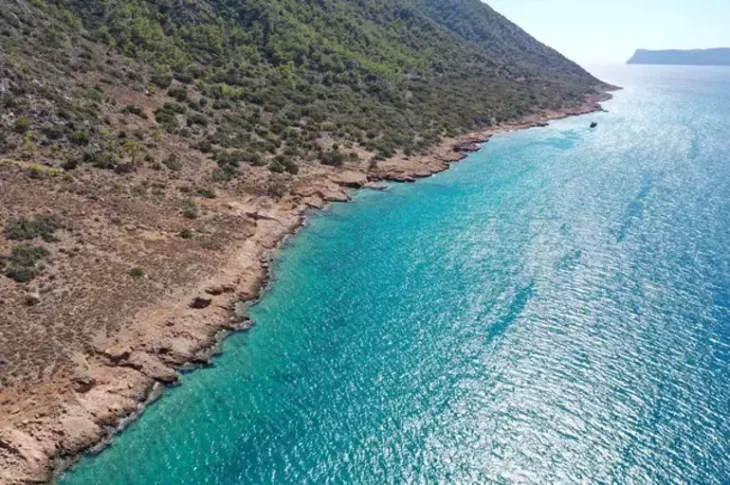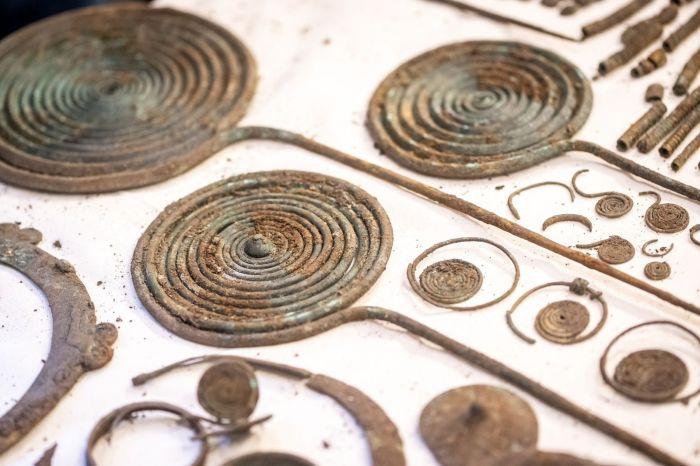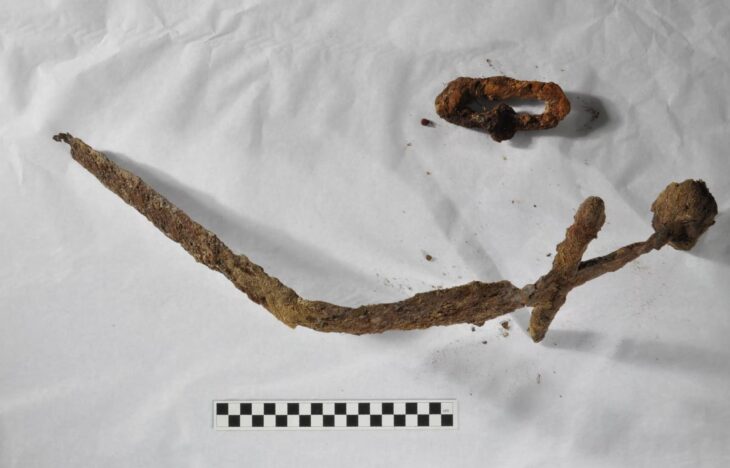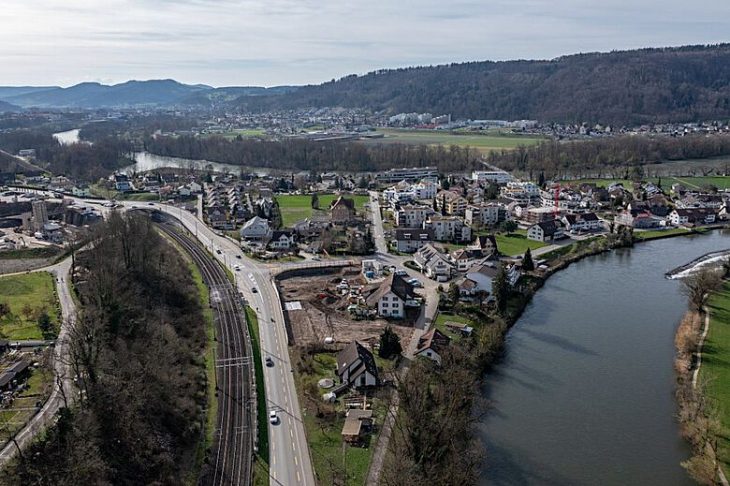Archaeologists working under the Taş Tepeler Project, led by Turkey’s Ministry of Culture and Tourism, have made a groundbreaking discovery at Karahantepe—one of the most significant Neolithic archaeological sites in the world. For the first time in history, a T-shaped pillar carved with a human face has been unearthed, marking a new milestone in our understanding of prehistoric symbolism and human expression.
A Turning Point in Neolithic Archaeology
The recently unearthed T-shaped monolith features a distinctly carved human face with deep eye sockets, a broad nose, and sharply defined facial lines. This artistic style closely resembles other human statues previously found in Karahantepe, suggesting a shared cultural and symbolic language among early Anatolian communities around 12,000 years ago.
For decades, researchers have known that the T-shaped pillars of Göbeklitepe and Karahantepe symbolized human figures, as indicated by the engraved arms and hands on their surfaces. However, this is the first time that a pillar directly portrays a human face—transforming abstract symbolism into direct representation. Experts describe it as a major leap in understanding the emergence of self-awareness and identity in the prehistoric mind.

Karahantepe: The New Star of the Taş Tepeler Project
Located about 35 kilometers east of Göbeklitepe, Karahantepe is one of 12 interconnected Neolithic sites collectively known as Taş Tepeler (Stone Hills). These sites represent the earliest known monumental architecture built by hunter-gatherer societies before the advent of agriculture. Excavations at Karahantepe have revealed more than 250 T-shaped pillars, enclosed communal structures, and intricately carved sculptures depicting humans and animals.
According to archaeologists, Karahantepe offers a more advanced architectural layout than Göbeklitepe, with evidence of early forms of settlement and social organization. The newly found human-faced pillar reinforces the idea that these communities possessed not only remarkable technical skill but also a profound spiritual and symbolic understanding of the world around them.
📣 Our WhatsApp channel is now LIVE! Stay up-to-date with the latest news and updates, just click here to follow us on WhatsApp and never miss a thing!!
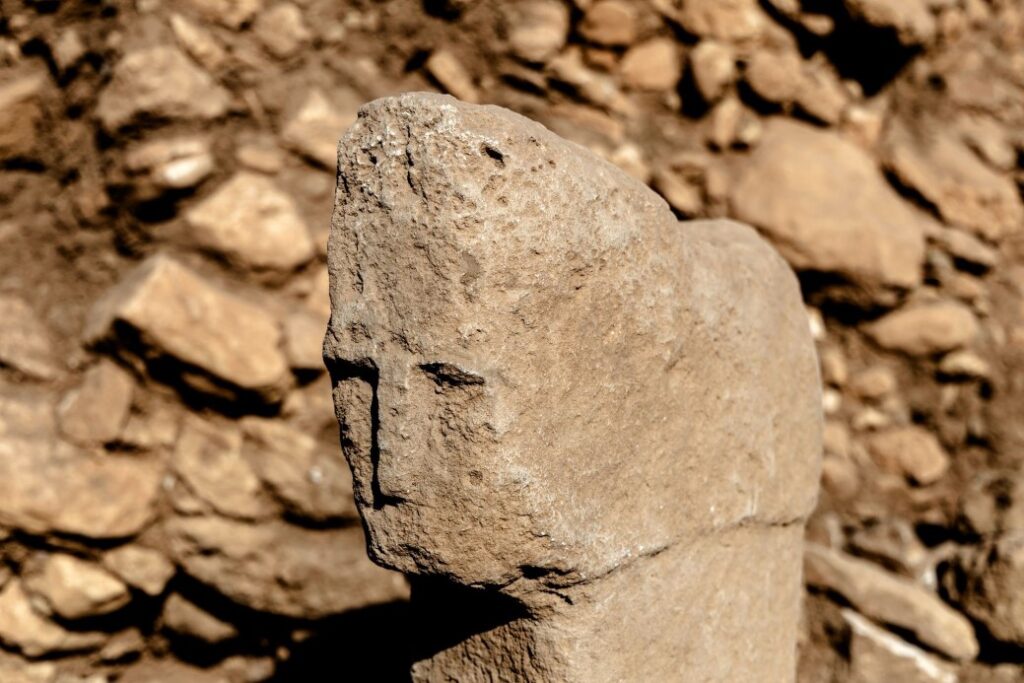
A Window into the Dawn of Humanity
The Taş Tepeler Project, one of the world’s most ambitious archaeological initiatives, continues to reshape our understanding of the Neolithic Revolution—the period when humans transitioned from nomadic life to permanent settlements. The discovery in Karahantepe provides tangible evidence of how early humans began to represent themselves and their beliefs through art, architecture, and ritual.
Experts believe that the human-faced T-shaped pillar could represent one of the earliest known depictions of humanity itself, bridging the gap between abstract symbolism and portrait-like representation. As excavation continues, Karahantepe is fast emerging as the new epicenter of Neolithic discovery, potentially even surpassing Göbeklitepe in historical and cultural importance.
Cover Image Credit: Republic of Türkiye, Ministry of Culture and Tourism

